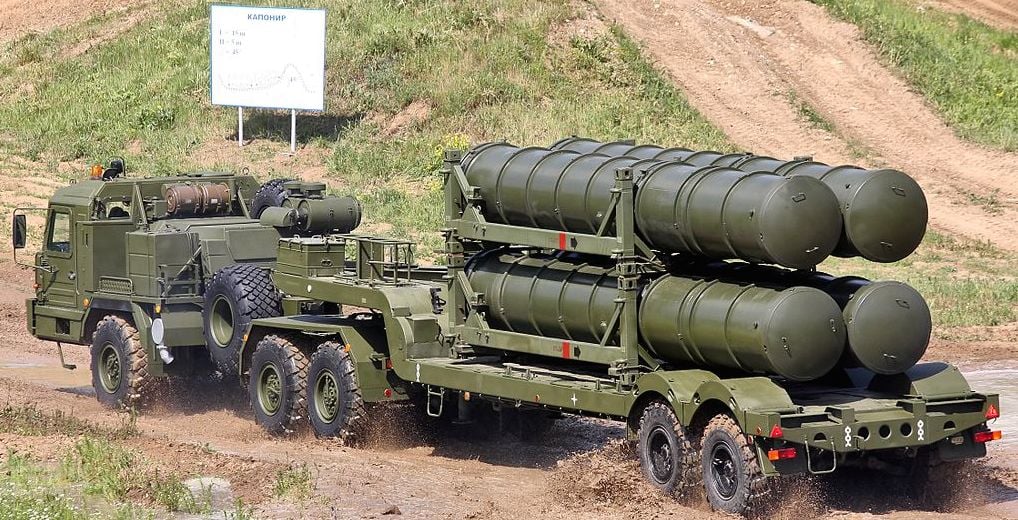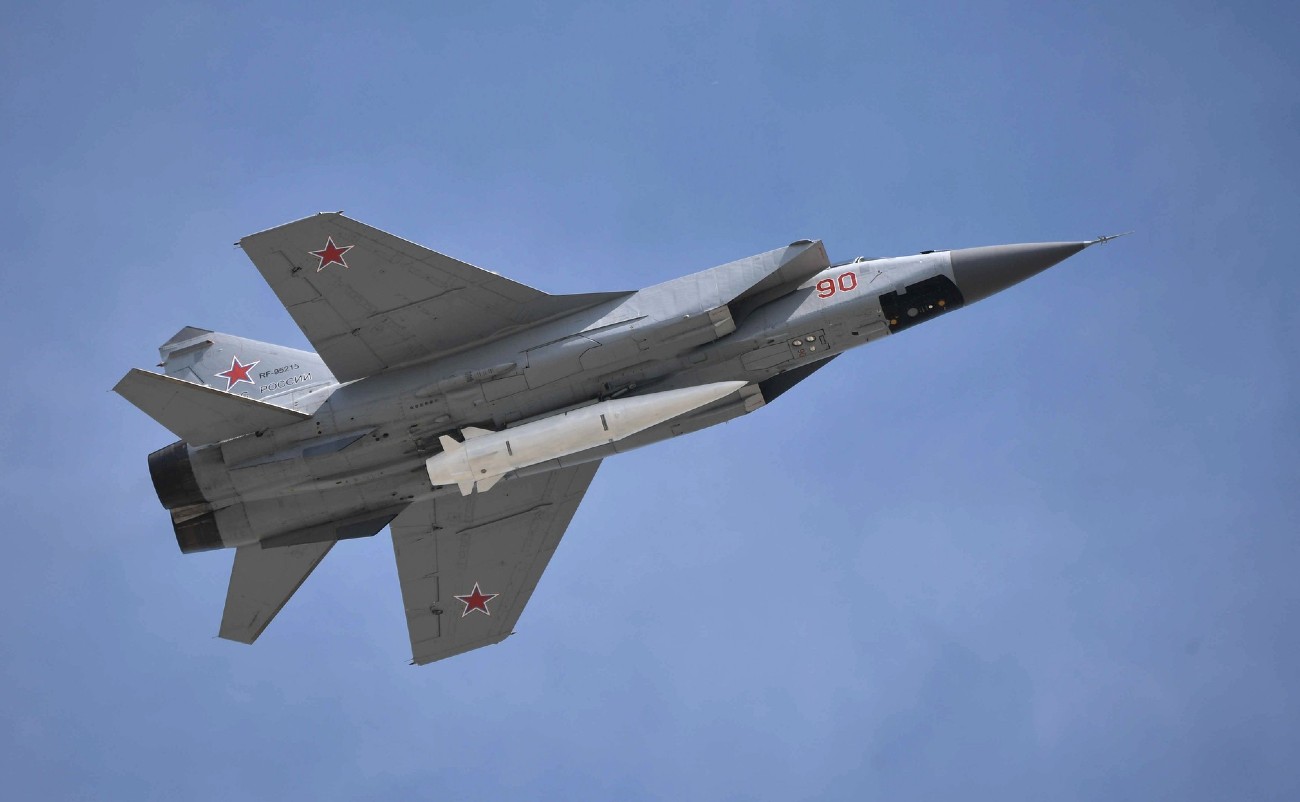According to Russian Defense Minister Sergei Shoigu, the Russian Armed Forces will receive the first models of the highly anticipated next-generation S-500 anti-aircraft missile system this year.

Shoigu’s announcement, reported by state news agency TASS, marks a significant advance in Russia’s military capabilities. Shoigu specified that the S-500 system will be offered in two versions: a long-range anti-aircraft missile system and a missile defense complex. This revelation is accompanied by plans to supply other defense systems, including the S-400 and S-300V4 anti-aircraft missile systems, the Buk-M3 and Tor-M2U missiles, along with next-generation radar stations.
The S-500, known as the Prometheus anti-aircraft system, is being developed by the Almaz-Antey Aerospace Defense Conglomerate. This system is designed to neutralize multiple threats from current and future aerospace technologies at various altitudes and speeds.
Development of the S-500 began in 2010, following the successful deployment of the S-400 system in 2007. The initial design of the system was completed in 2011, but serial production has been delayed several times, with the latest planned date for serial production set for 2025. Despite these setbacks, the S-500 promises to be a transformative weapon, purportedly capable of countering fifth-generation aircraft, low-orbit satellites, and multiple missile threats.
While delays in the S-500’s deployment raise concerns, some experts suggest that Russia might be intentionally extending the production schedule to prioritize meeting current demand for the S-400 system, both domestically and internationally. Moscow has been actively promoting the S-400 for export, securing contracts with several countries around the world. In the meantime, the S-500 has undergone rigorous testing to confirm its capabilities.
In May 2018, Russia conducted what is considered “the world’s longest surface-to-air missile test,” demonstrating the system’s power by successfully attacking a target nearly 482 km away.

Additionally, earlier this year, reports indicated that the S-500 had effectively detected and intercepted hypersonic targets, highlighting its flexibility and relevance in a changing security environment.
S-500 Prometheus anti-aircraft missile system
Russia hails the S-500 anti-aircraft missile system as unrivaled globally, highlighting its effectiveness in countering multiple current and future air threats from potential adversaries at various altitudes and speeds.
One of the outstanding features of this system is its ability to neutralize threats at different altitudes and speeds.
Furthermore, its high resistance to electronic interference increases its survivability in difficult combat situations, ensuring effectiveness even against sophisticated electronic warfare tactics.
Designed to replace the aging A-135 missile system currently in use, the S-500 is expected to complement Russia’s existing S-400 system, forming a comprehensive defense network.
The purpose of their deployment is to protect important administrative and industrial centres in Russia, reinforcing the national security infrastructure against aerial threats.
 S-500 missile system – Wikipedia
S-500 missile system – Wikipedia
Like its predecessors in Russia’s anti-aircraft arsenal, the S-500 showcases adaptability as its core feature. This system has the ability to launch various types of missiles specifically designed for different threats and operational requirements, further enhancing its flexibility and effectiveness in defending against emerging airborne dangers.
According to details provided by the Center for Strategic and International Studies, the S-500 includes four 40N6M long-range surface-to-air missiles or two 77N6 interceptor missiles mounted on a launch vehicle.
Among its key features is the long-range missile capability. The 40N6M long-range missile has a remarkable range of up to 400 km, while the 77N6 interceptor missile has an even longer range, reaching approximately 600 km.
The S-500 is equipped with a sophisticated radar complex that includes four radar vehicles per battery. This includes a 91N6E(M) S-band radar collection radar, a 96L6-TsP C-band radar collection radar, a 76T6 multi-band combat radar and a 77T6 anti-ballistic missile combat radar.
This advanced radar system enables the S-500 to detect both ballistic and air targets at significant ranges, with range capabilities of up to 2,000 km for ballistic targets and 800 km for air threats.

The Kinzhal hypersonic missile is carried in the belly of the MiG-31 fighter jets of the Russian Aerospace Forces (VKS).
The Kremlin has notably stated that the S-500 is the only weapon capable of intercepting Russia’s “hypersonic” Kinzhal missile. The Kinzhal, an air-launched ballistic missile, presents a significant challenge due to its hypersonic speed and maneuverability.
Kyiv has, however, claimed to have shot down these missiles with the US-designed Patriot system in the ongoing conflict with Ukraine. However, it remains unclear when exactly the Russian armed forces will receive the first models this year.





